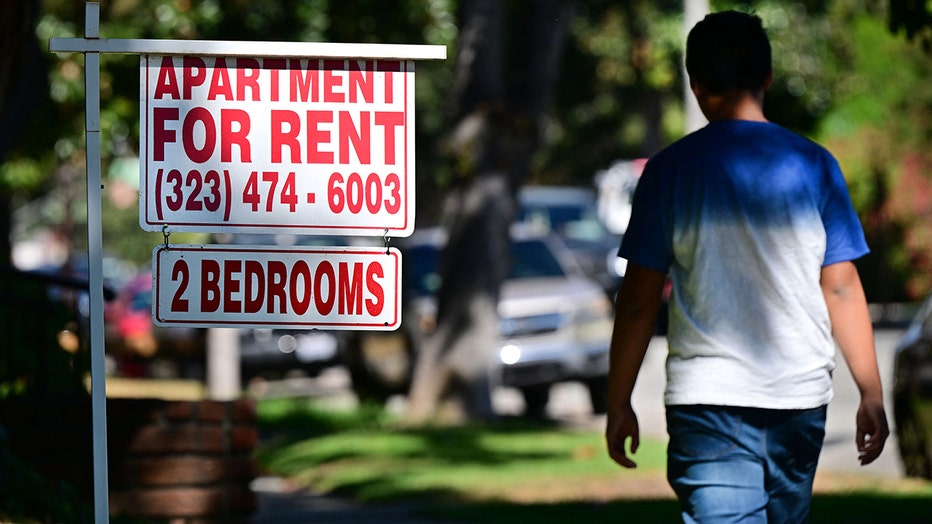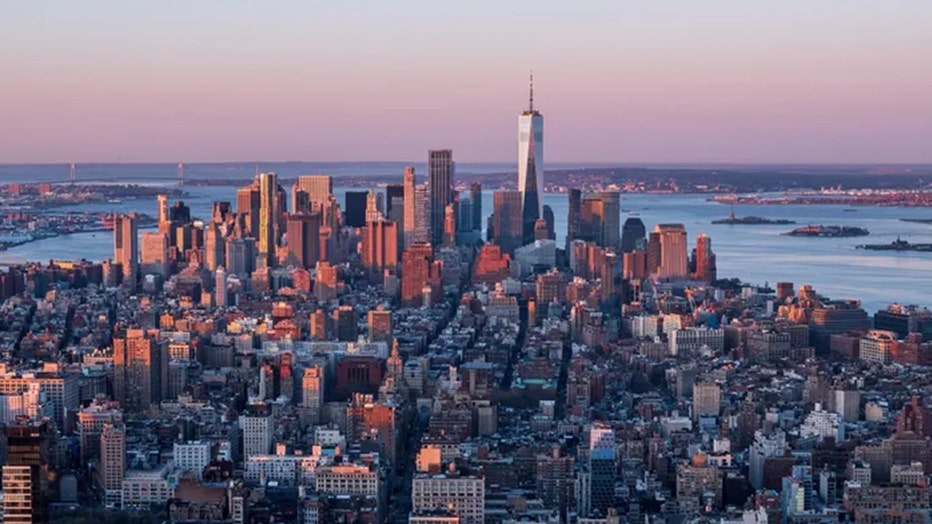New real estate trend: Meet the 'forever renters'

Real estate report: Housing market predictions
Spring is just around the corner, which typically marks a rising real estate market but interest rates could hold the housing sector back. LiveNOW's Lexie Petrovic spoke about real estate with FOX Business contributor Katrina Campins.
As economic woes continue to pummel the housing industry, one real estate developer is finding opportunities within a new market – the "forever renters."
Post Brothers CEO and co-founder Michael Pestronk joined "Varney & Co." Friday to discuss the real estate opportunity brewing in urban areas as some Americans are opting to rent instead of buying a home.
"The biggest issue, especially in large established metro areas, is a lack of product. There's no such thing as a starter home in large [Metropolitan Statistical Areas] anymore. There's no land available to build housing within commutable distances of jobs," he explained.
Pestronk argued that "bigger" and "better" apartments are the ideal starter homes for those who live in big cities.
CELEBRITY REAL ESTATE AGENT MAURICIO UMANSKY WARNS 'PERFECT STORM' OF HOUSING UNAFFORDABILITY BREWING
The real estate expert said that a portion of "forever renters" are of the "higher-end" demographic and have an eye for apartments with large scale rooms, sophisticated aesthetics and kid-friendly amenities.

An apartment for rent sign is posted in South Pasadena, California on October 19, 2022. (Credit: Frederic J. BROWN / AFP via Getty Images)
"Most apartment buildings, especially over the last 10 years, have been built targeting a 27-year-old. And they have orange doodads as the design theme," he told host Stuart Varney.
"We have a mid-Atlantic focused portfolio. Our average renter 10 years ago was 29. Today it's 33. But we also have way more renters of the 35 to 45, making well over $150,000 than we used to have," he said.
PAYING RENT STILL A PROBLEM FOR 24% OF RENTERS
The Post Brothers CEO said the rent could range from $4,000 to $8,000, arguing it’s "not inexpensive" but on the "favorable" end compared to the cost of owning a home.

The Manhattan skyline is seen at sunrise from the 86th floor observatory of the Empire State Building on April 3, 2021, in New York City. (Credit: ANGELA WEISS/AFP via Getty Images)
"These buildings, especially the ones that we're focused on, are in locations where there is no opportunity otherwise to build new housing because they're completely infill, there's no land available. And so they're in the locations that are in the highest demand," he expressed.
Pestronk said the concept has not only attracted millennials but empty nesters as well.
"The biggest part of this story is really that the millennial generation has come of an age and an income level, where in previous generations they would have been moving to the suburbs and buying houses, and they’re not," he said.
Find more updates on this story at FOXBusiness.com.

